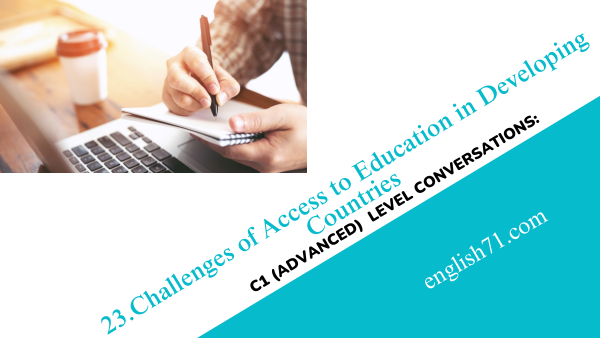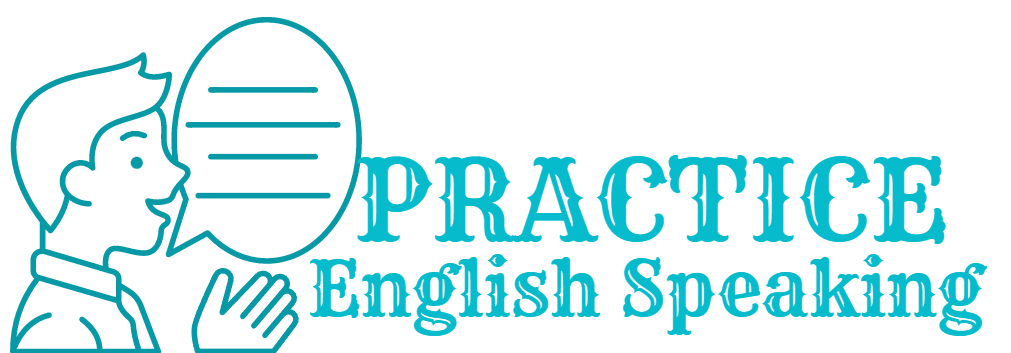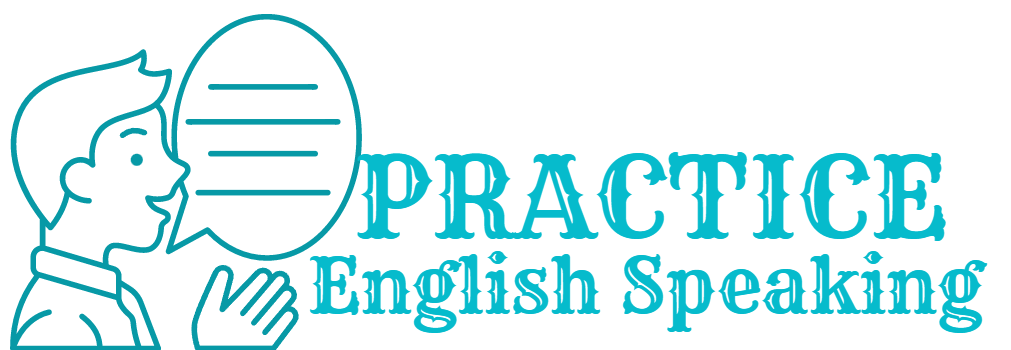C1 (Advanced) level Conversations: (23) Challenges of Access to Education in Developing Countries

Amy: Hey Jake, have you ever thought about the challenges of access to education in developing countries?
Jake: Absolutely, Amy. It’s a critical issue that affects millions of children worldwide. Limited resources, inadequate infrastructure, and cultural barriers often prevent children from attending school regularly.
Amy: Definitely. And even if schools are available, they may lack basic amenities like clean water and sanitation facilities, making it difficult for children, especially girls, to attend regularly.
Jake: True. Gender inequality is a significant barrier to education in many regions. In some cultures, girls are expected to prioritize household chores over schooling, perpetuating a cycle of poverty and gender disparity.
Amy: Exactly. But it’s not just about physical access; there are also socio-economic factors at play. Many families in developing countries can’t afford school fees, uniforms, or supplies, forcing children to drop out or never enroll in the first place.
Jake: Right. And let’s not forget about the quality of education. Even if children manage to attend school, overcrowded classrooms, underqualified teachers, and outdated curriculums can hinder their learning outcomes.
Amy: Absolutely. It’s a multifaceted issue that requires a holistic approach. Governments, NGOs, and the international community need to work together to address these challenges and ensure every child has access to quality education.
Jake: Agreed. Investing in education is not just a moral imperative; it’s also crucial for sustainable development and reducing inequalities in the long run.
Amy: Definitely. Education empowers individuals, strengthens communities, and drives economic growth. By tackling the barriers to access, we can unlock the potential of millions of children and pave the way for a brighter future.
Jake: Absolutely, Amy. It’s a complex challenge, but with concerted effort and collaboration, we can make significant strides towards achieving universal education for all.



Summary:
Amy and Jake discuss the multifaceted challenges of accessing education in developing countries. They identify various barriers such as limited resources, inadequate infrastructure, cultural norms, and socio-economic factors that hinder children’s access to quality education. They emphasize the importance of addressing these issues through collaborative efforts involving governments, NGOs, and the international community. Both agree that investing in education is essential for sustainable development, empowering individuals, and reducing inequalities. Despite the complexity of the challenge, they remain optimistic about the potential for positive change through concerted action.

